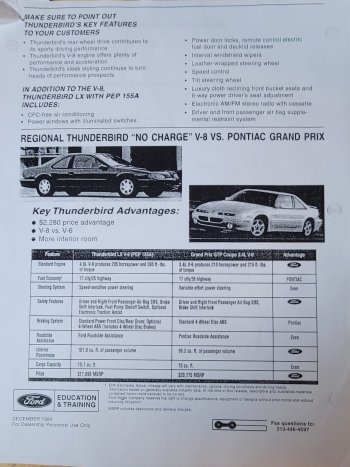- Joined
- Sep 12, 2023
- Messages
- 5,003
- Location
- Roselle, IL
- Cars in Garage
- 1
- Vehicle Details
- 1994 Cougar XR7 DOHC TR3650
Wiring would be fairly simple since it’s all proprietary, you won’t be tapping into factory harnesses or anything but simply running power to relays and controller and grounds from them and the fan. You’d need to do your own research on the best controller for the job unless someone chimes in but you want one with adjustable temp and two speeds or PWM. Fan wise just get a factory 94-97 OEM fan, they’re better than any aftermarket setup.
You can simply use a infrared temperature gun pointed at the radiator hose, main thing is to aim at a non reflective surface. You can read temp from a scanner too but you need one for obd I
You can simply use a infrared temperature gun pointed at the radiator hose, main thing is to aim at a non reflective surface. You can read temp from a scanner too but you need one for obd I



